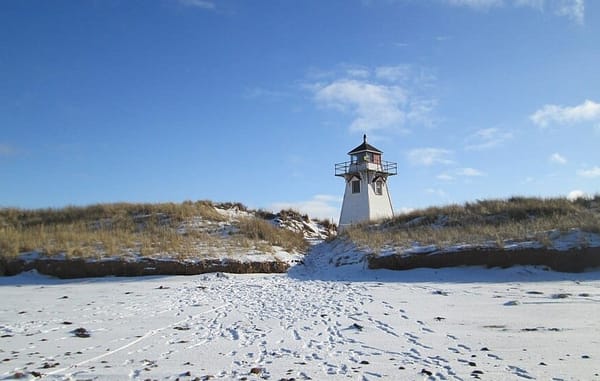Dockside Assistance: Adding Mooring Whips to a Boat Dock
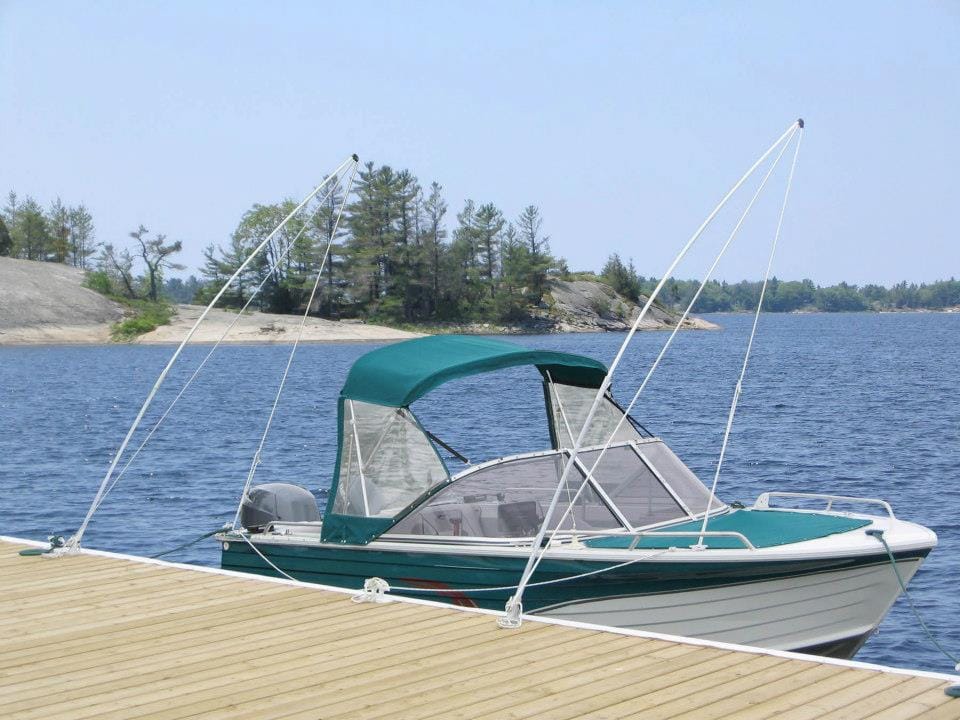
Are you looking for a safe and relatively easy way to secure your boat to a dock or private boat slip rental? Cleats and dock lines are all well and good. Lifts can be expensive and difficult to install on a boat slip for rent. What you might be missing in your boat life are mooring whips.
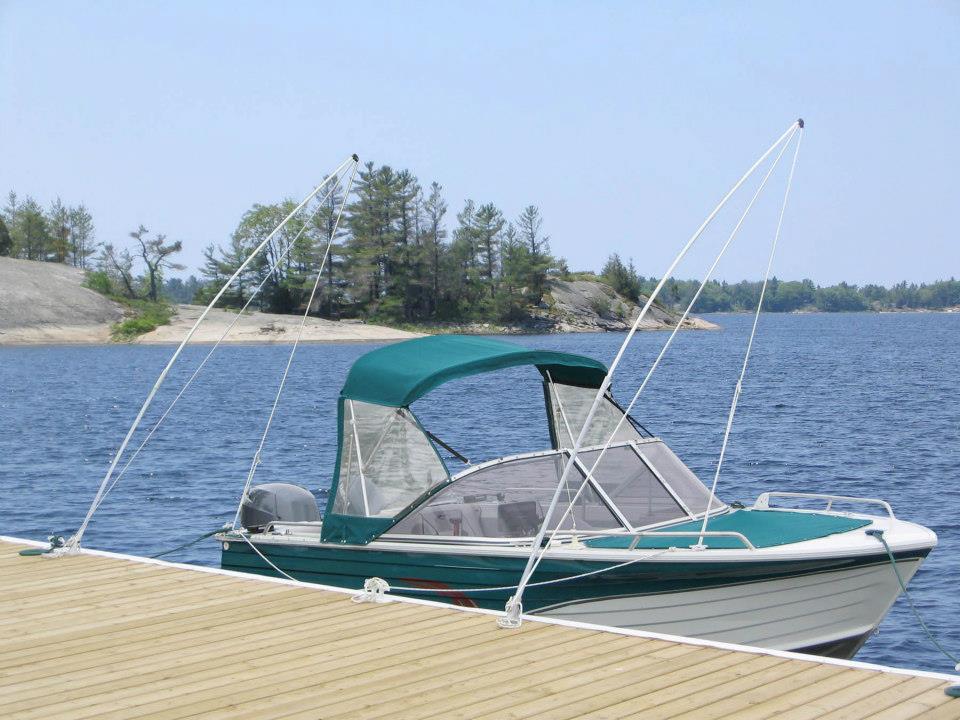
Photo: Lake Dock Edge (Facebook)
While mooring whips have been around for decades, they just don’t seem to get the attention they deserve. These handy dandy poles eliminate the need for excess dock bumpers, boat fenders, dock lines, and cleats (though, you may still want cleats on your dock just in case they’re needed during times of high wind).
Benefits of Mooring Whips
- Less expensive than lifts or boat davits
- Easy to attach and un-attach when docking or leaving
- Low maintenance (the nylon lines may need to be replaced)
- They can be taken down and stored away when not in use
- Keeps the boat away from the dock to prevent scratches, dings and dents
- Can be used in fresh or saltwater
- Suitable for all kinds of boats (runabouts, center consoles, sailboats, pontoons and even jet skis) up to 56’ and 48,000 lbs.
- Doesn’t obstruct views like a boat lift (which puts the boat up into the air)
Those fishing pole-looking things hanging off the side of the dock are a great way to keep your boat safe and secured. Consisting of two tapered fiberglass poles at the bow and stern ends, mooring whips offer protection from wind and boat wakes while making it easier to board and disembark. Longer boats may need three (one at each end and one in the middle).
An entire mooring whip system consists of four dock lines (two spring lines and two securing lines – one at the bow and one at the stern), two whips (or poles) with roller tips at the end and a base for each pole. That’s it!
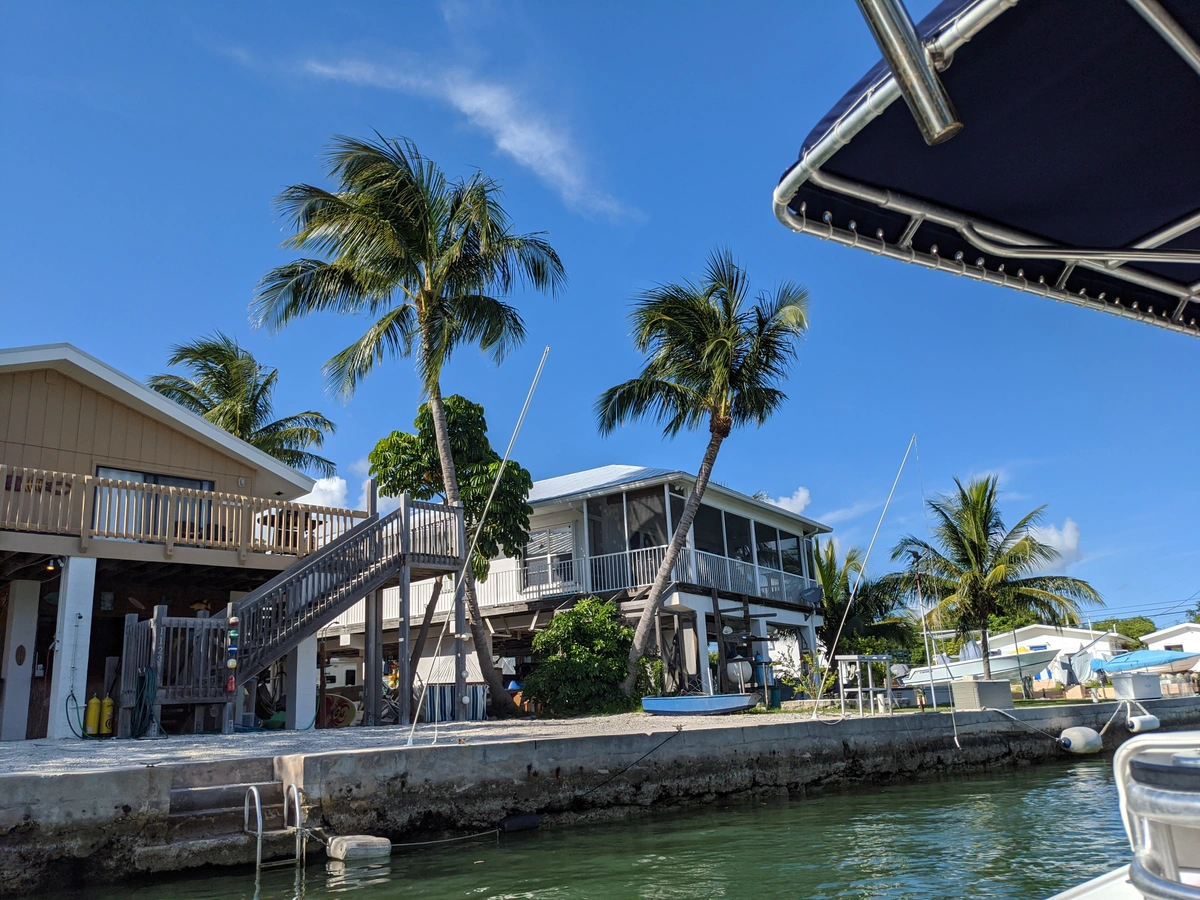
Photo: Sandy Allen
Mooring whips attach to the dock at an angle that tapers downward to attach to the boat just like a typical dock line. Nylon lines tether the boat to the poles. Spring tension lines hold the boat a couple of feet away from the dock and keep it in place. With typical dock lines, the boat can swing into the dock and cause damage. The mooring whips can be positioned straight up when not in use.
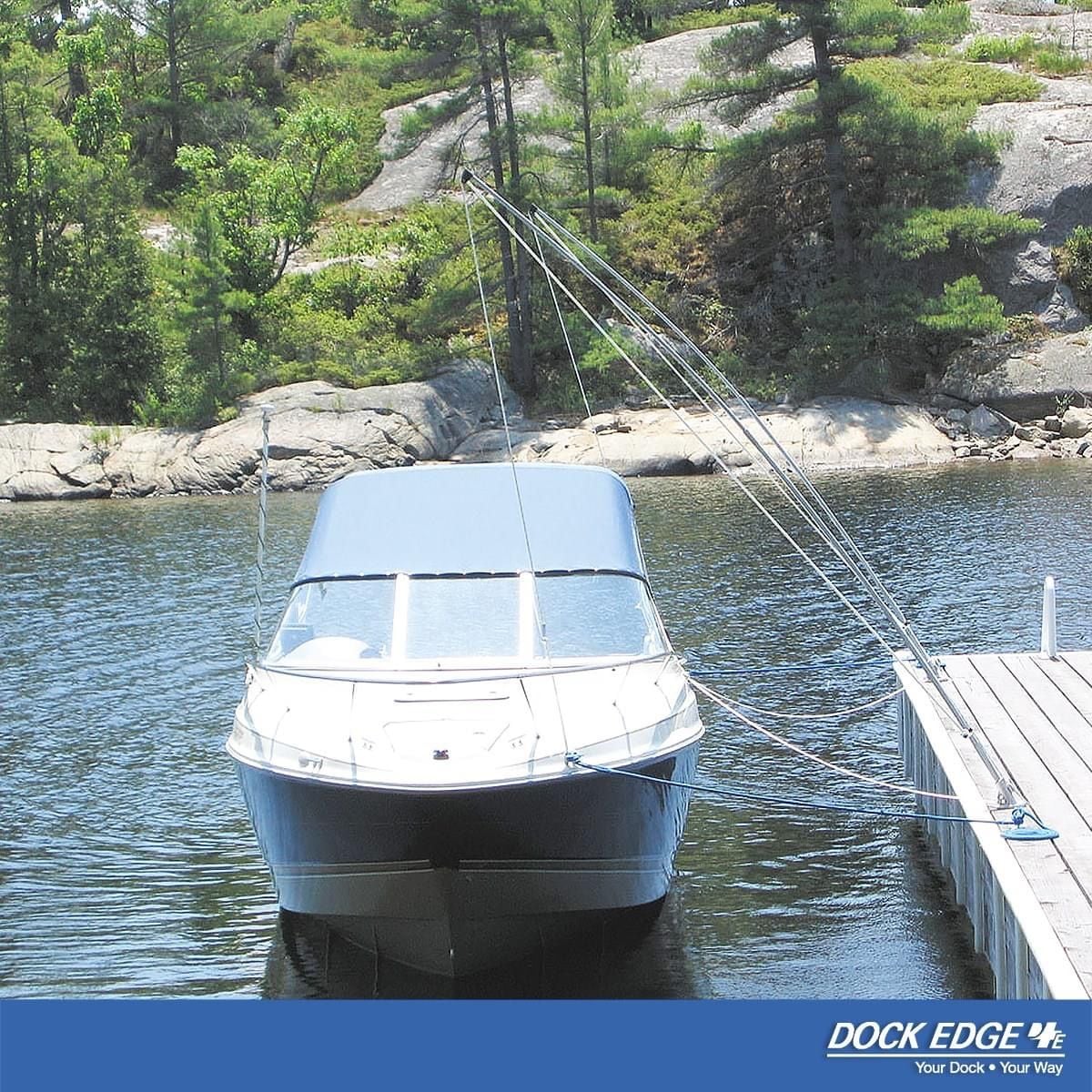
Photo: Dock Edge (Facebook)
You do need a stable boat dock with enough space, strength and stability to hold the whips in a spread-out position. A private boat dock rental may need to be reinforced underneath the mooring whip bases for extra stability.
It’s important to note that weight should be considered when choosing the correct mooring whips for your boat dock rental. The boat’s weight is more of a factor than its length since the whips must be able to hold it away from the dock. If the boat is too heavy, it could end up crashing into the dock regardless of the whips. You’ll also want to take into consideration the wind, currents and typical boat wakes near the dock.
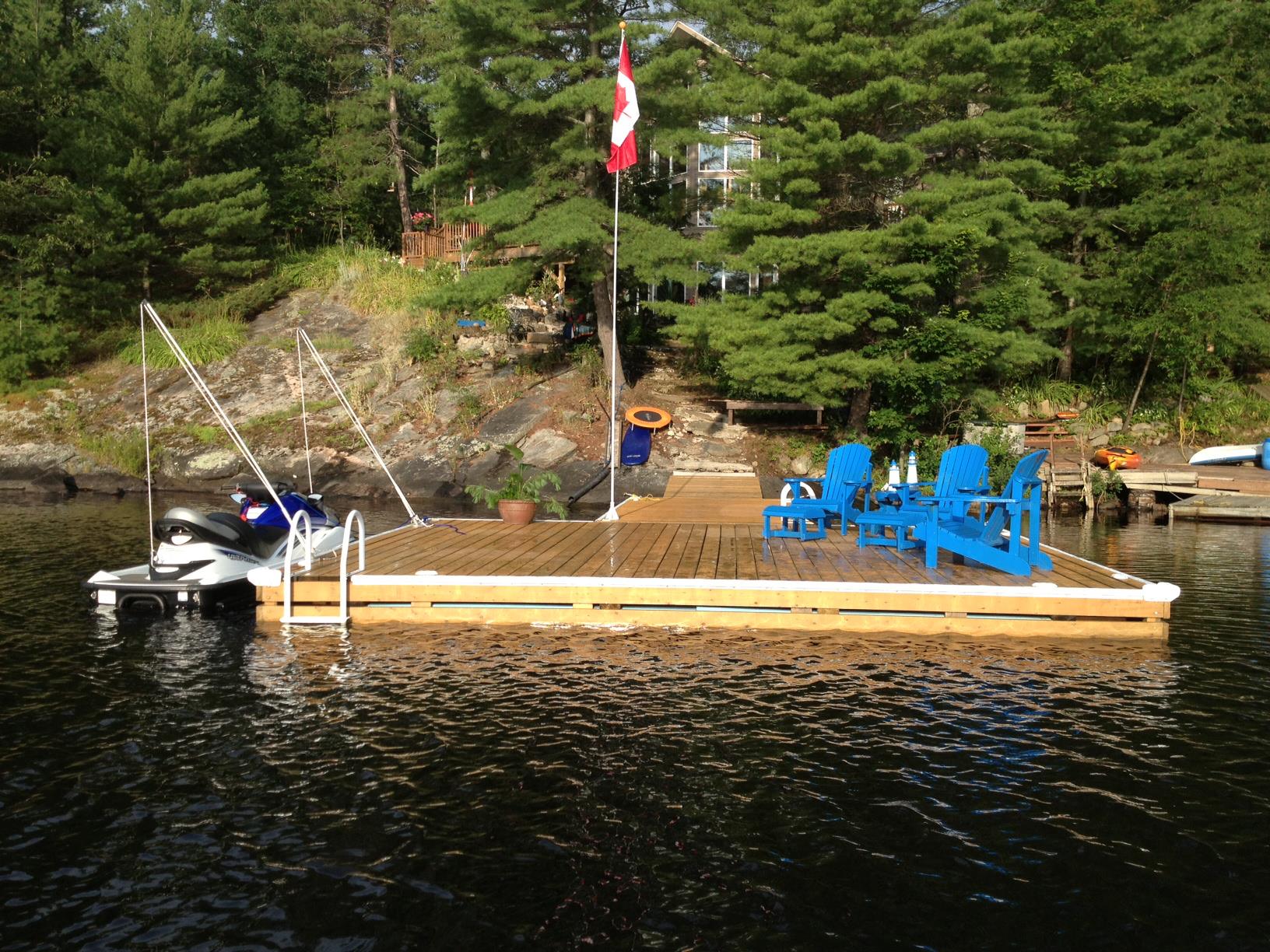
Photo: Dock Edge (Facebook)
Mooring whips alone may not be strong enough for hurricane-strength weather, so you’ll want to supplement with traditional dock lines and cleats or a boat lift (or remove your boat from the water) if you use or own a private boat dock for rent.
Mooring Products started producing mooring whips in 1956. Over the years, the company has made design improvements and conducted research on tides, storms and hurricanes to create a safe and reliable product.
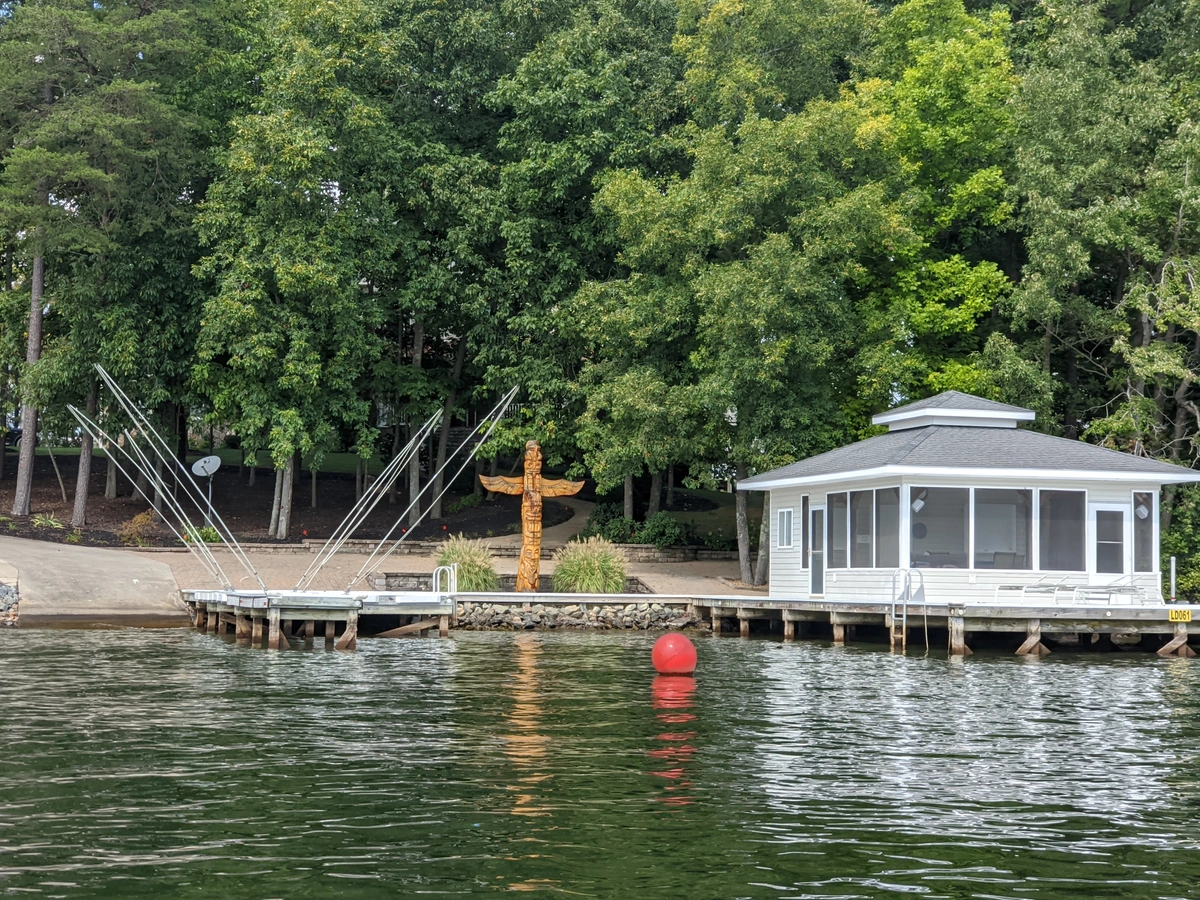
Mooring Whip Manufacturers
We hope this has cleared up any questions or confusion you may have about boat mooring whips. Adding mooring whips to your private boat slip rental is a great way to increase use while adding stability and peace of mind.
